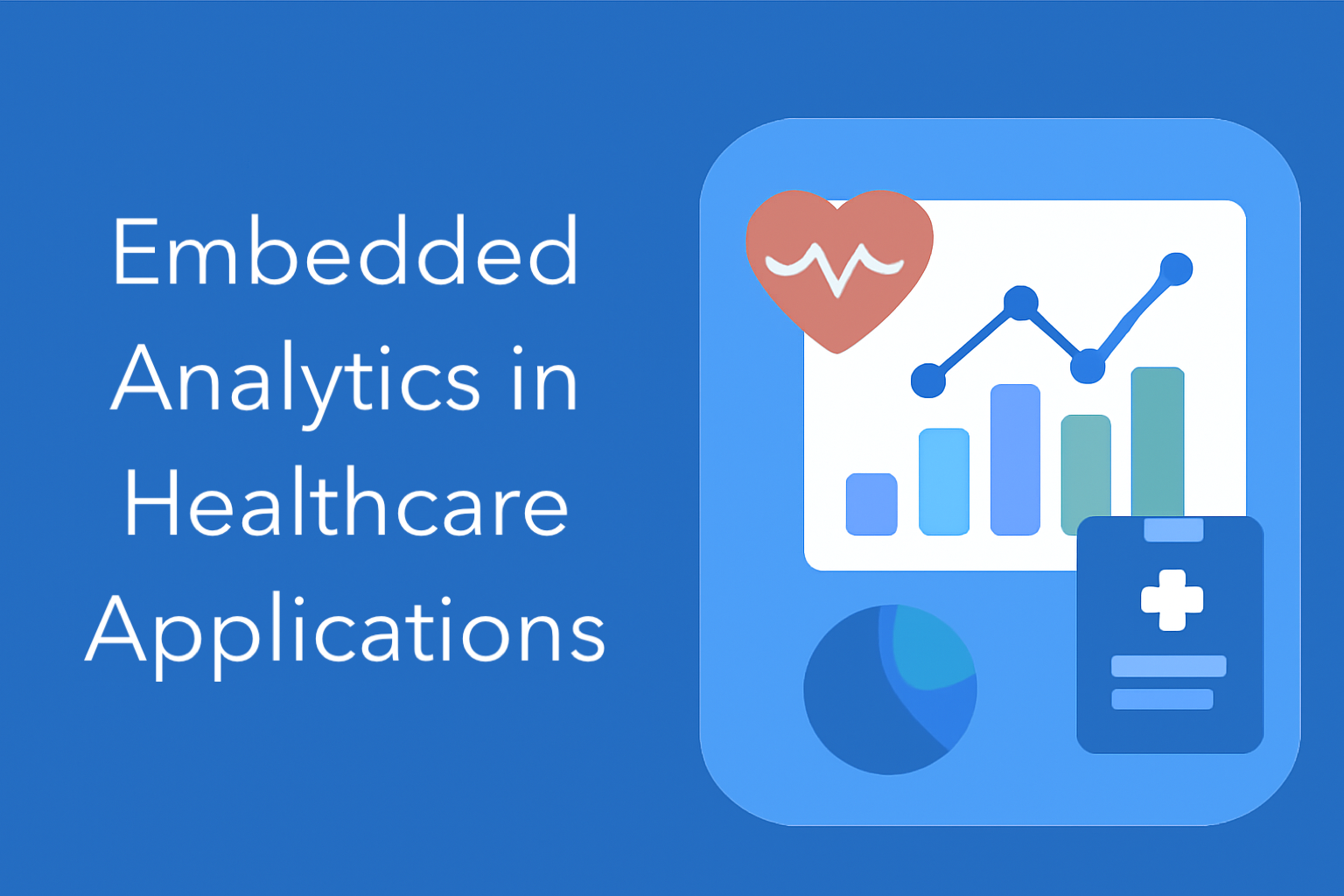Embedded Analytics
That Transforms Data Into Growth
Elevate your SaaS offerings with icCube’s seamless analytics integration.








What embedded analytics challenges are you facing?
Embedding analytics is a mission-critical journey, unique to each SaaS solution.
We love challenges & complexity, let's talk.

Customer Testimonials
Discover how companies have transformed their analytics integration journey with icCube.
Use Cases of icCube
FAQs
Product
You host icCube on your infrastructure/cloud. We do not host.
In icCube, you set up security once with a template that dynamically adjusts access based on client data, controlling what users see or do. This, down to specific details, like hiding data for Europe or giving access only to certain products in Europe for 2020.
Yes, you can translate the dashboard content (chart titles, text, etc) and data (coming from the databases) in any needed language. The icCube Dashboard Editor is available in English, Dutch and French.
To the pixel. You can create your own themes and charts, so that your users cannot see that it is an icCube dashboard.
icCube includes an easy drag & droppable dashboard editor interface. Dashboards consist of widgets and gadgets that show charts or tables.
IcCube is an in-memory database using memory mapped files. This means the amount of data icCube can load is limited by the amount of memory allocated to the machine running it.
IcCube has a Docker container that you can use in your infrastructure. You point this container to a file share with your dashboards and models. Then, with the Rest API, you can manage the containers you have running.
You can use our Docker container, or run on Windows, Mac and Linux.
Embedded Analytics
You can embed icCube as an iFrame or a DIV. With our API, you can control the content in a dashboard; and you can let the dashboard control content in your application. We call this 2-way communication.
With icCube, you follow this plan:
- Step 1 | Data Model. Connect to your data and build the dimensional model.
- Step 2 | Dashboards. Use the model to create dashboards in a drag-and-drop interface.
- Step 3 | Embedding. Integrate the dashboards to your product. Now, your users can view pre-built dashboards. Also, you can allow users to create their own dashboards.
No, you can embed any part of icCube. Usually dashboards are embedded in an application, but nothing prevents you from embedding a single visualization, the full dashboard editor, or even the schema builder.
This depends on your data complexity and infrastructure. In general, getting icCube embedded and production ready can take anywhere from a few weeks to a few months.
Yes. You decide what rights a user has within icCube. IcCube also gives the possibility for each user to have their own directory where they can save and edit their dashboards.
A data model contains three main elements: data integration, semantic layer and measures.
1. Data integration is about gathering data from your data sources, and transforming it if needed.
2. The semantic layer has mainly two purposes:
- Bringing clear names to concepts in your databases (understandable & consistent terms throughout all dashboards)
- Building dimensions and hierarchical structures to ease data navigation, e.g. a location dimension: Continent > Country > City > Store
3. Measures are the calculations/values of your data, e.g. amounts, counts.
4. Optionally, add advanced calculation layers, e.g. multilinear linear regression.
A widget is a card on your dashboard that shows information to the user. This can be a chart, a pivot table, a map, a kpi card or a custom widget.
A gadget is a pre-configured widget. In addition to pre-built dashboards, you can also ship pre built visualizations to your users. They can simply drag and drop them onto a dashboard.
Changing the definition of the gadget, i.e. changing the query, will automatically update all reports using the gadget.
Couldn’t find the answer to your question?
Embark on Your Analytics Integration Journey
Begin with a free trial and discover the ease of embedding analytics with icCube.


























